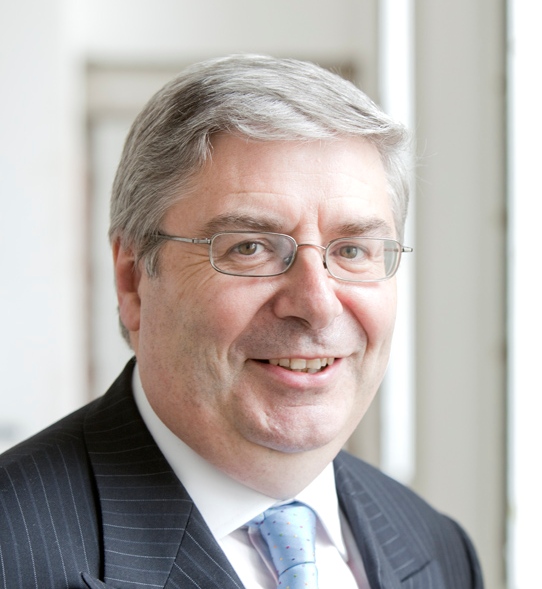Glasgow has ensured that the Commonwealth Games are an exemplar of long term sustainability – 70% of the 2014 Commonwealth Games venues were already existing, including Celtic Park which saw the spectacular Opening Ceremony tonight, Ibrox Football Stadium, Hampden Park, and the Scottish Exhibition Centre complex in Glasgow, the Royal Commonwealth Pool in Edinburgh and Strathclyde Country Park.
Hampden Park has been temporarily converted from a football stadium into an athletics stadium to host track and field and the Games’ Closing Ceremony. Glasgow has invested the £0.5 billion cost of the game in new buildings and infrastructure to support the regeneration of the east end of Glasgow, include the new Athlete’s Village and the new Emirates Arena and the Sir Chris Hoy Velodrome which was opened in October 2012.
The £116 million Emirates Arena and Sir Chris Hoy Velodrome was designed by 3D Reid with Ralph Schürmann of Germany for the track. The 6,500-seat indoor arena features a hydraulically-operated 200m running track, jumping and throwing areas, a warm-up straight and sports halls. The 2,000-seat velodrome houses a 250m high-banked cycle track with multi-use infield area. A ‘hub’ housing ancillary facilities links the arenas. It is the new home of Scotland’s only professional basketball team, the Glasgow Rocks, and the netball side, the Glasgow Wildcats. The development includes public realm works, pedestrian and cycle routes, landscaping and parking areas and a pond as part of the sustainable drainage system.
The Tollcross International Swimming Centre re-opened in May 2013 after a £13.78m refurbishment which provides a new six-lane 50 metre warm-up swimming pool which. together with the existing 10-lane 50 metre competition pool, creates one of the largest swimming complexes of its type in Europe, able to train elite swimmers, host international competitions and provide a community sports facility.
In the east end of Glasgow, infrastructure improvements have included a major extension to the M74 motorway, providing improved links for athletes and spectators and access to the regeneration areas and a new railway station at Dalmarnock, designed by Atkins. The athletes’ village will be home to around 6500 athletes and officials during the Games and will be converted to 700 affordable and energy-efficient housing units for local people after everyone has gone home. Wasteland is being transformed to enable the introduction of light industry and warehousing, as well as retail and hotel projects, all to enhance employment.
The Opening Ceremony included a unique international fundraising inititive for the Children of the Commonwealth Fund. Is this an initiative which could be introduced to other international sporting events?
Hopefully there will be real sporting benefits also, but Glasgow has shown how to wisely invest the cost of hosting such an event for long term regeneration benefit.








